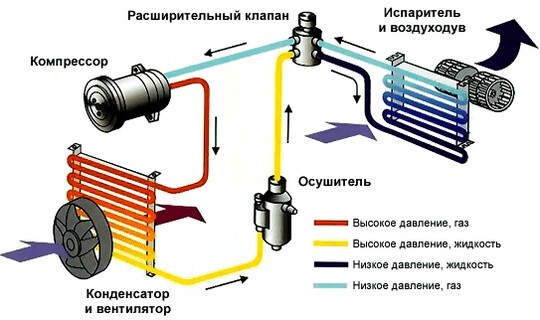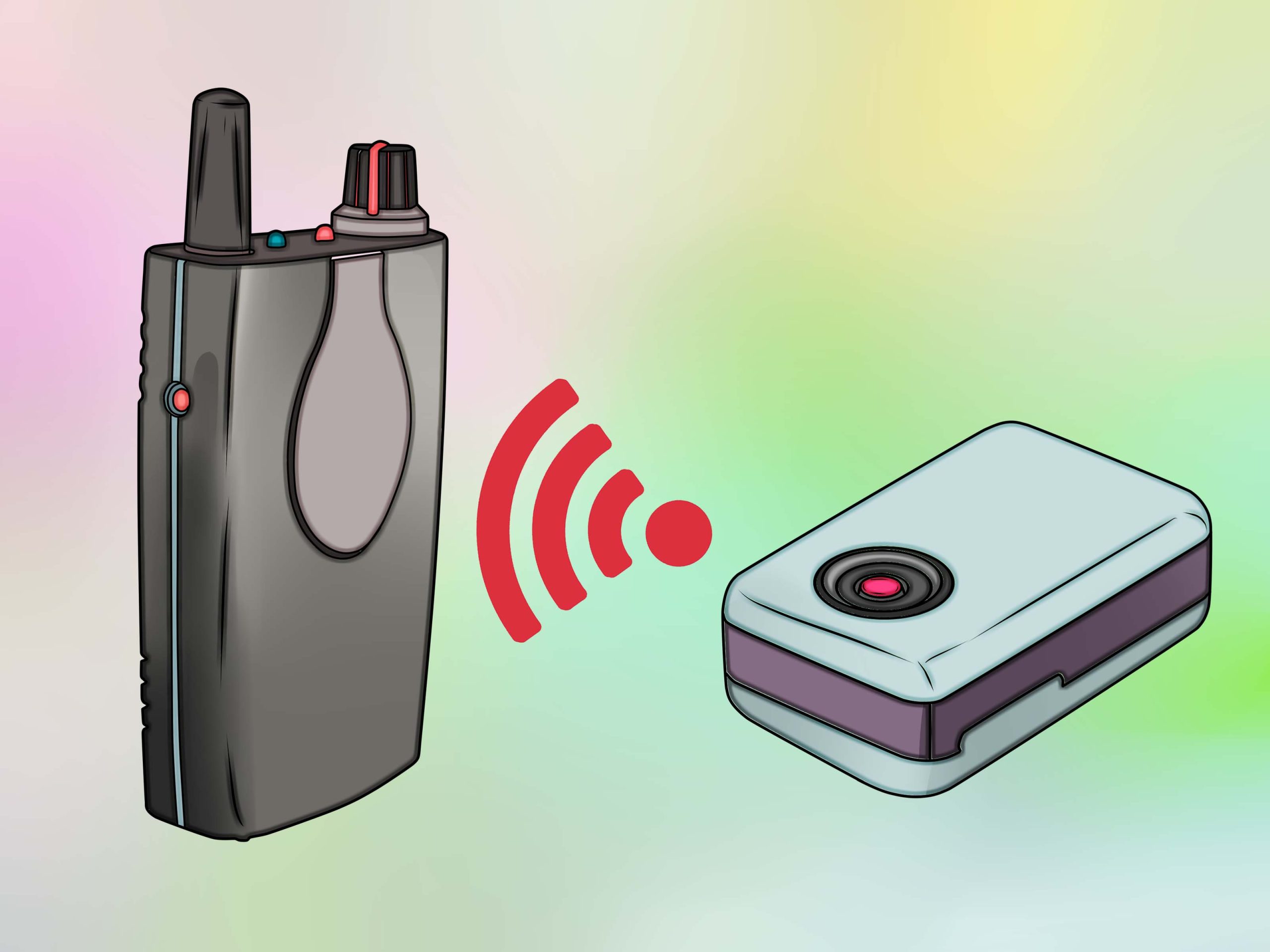
How to fix a broken car air conditioner
Content
A car air conditioner can stop working for a variety of reasons. Inspecting your car's air conditioner before repairing it yourself can save you money.
It can be very frustrating when your car's air conditioning goes off, especially on a hot day when you need it the most. Luckily, there are just a few simple steps to help you diagnose your vehicle with a broken A/C. Not only will they help you diagnose the problem, but they will also help you better understand how your vehicle's AC system works, leading to repairs that are not only quick, but also accurate.
Before proceeding with any of the following diagnostic steps, you must ensure that your vehicle is started, the engine is running, and the parking gear and parking brake are engaged. This will also ensure the safest possible operation.
Part 1 of 3: Car Interior Check
Step 1: Turn on the AC. Turn on the car fan motor and press the button to turn on the air conditioner. This may also be labeled MAX A/C.
There is an indicator on the AC button that lights up when the air conditioner is turned on. Make sure this indicator lights up when you reach MAX A/C.
If it does not turn on, either the switch itself is faulty or the AC circuit is not receiving power.
Step 2: Make sure air is blowing. Make sure you can feel the air blowing through the vents. If you can't feel the air moving through, try switching between different speed settings and feel if air is moving through the vents.
If you can't feel air, or if you feel like air is only passing through the vents at certain settings, the problem may be with the AC fan motor or fan motor resistor. Sometimes fan motors and/or their resistors fail and stop delivering both hot and cold air through the vents.
Step 3: Check the airflow strength. If you can feel the air, and the fan motor allows the fans to produce air at all speeds, you then want to feel the real power of the air passing through.
Is it weak even on the highest settings? If you are experiencing weak force, you need to check your car's cabin air filter and make sure nothing is obstructing your airway.
Step 4: Check the air temperature. Next, you will need to check the temperature of the air that the air conditioner is producing.
Use a thermometer, such as a meat thermometer, and stick it into the vent near the driver's side window. This will give you an idea of the temperature of the air that the air conditioner is producing.
Typically, air conditioners blow cold at temperatures up to 28 degrees Fahrenheit, but on a really warm day when the temperature reaches 90 degrees, the air can only blow up to 50-60 degrees Fahrenheit.
- Functions: Ambient (outdoor) temperature and air flow in general also play an important role in the correct operation of the air conditioner. A properly working air conditioner will lower the temperature inside the car by an average of 30-40 degrees lower than outside.
All of these reasons can be the cause of a non-working air conditioner and will require the involvement of a certified mechanic as the next step.
Part 2 of 3: Checking the outside of the car and under the hood
Step 1. Check for airflow obstructions.. First you need to check the grille and bumper as well as the area around the condenser to make sure nothing is blocking the airflow. As we mentioned earlier, debris blocking airflow can prevent your air conditioner from working properly.
Step 2: Check the AC belt. Now let's go under the hood and check the AC belt. Some vehicles only have a belt for the A/C compressor. This test is best done with the engine off and the key removed from the ignition. If the belt is indeed in place, press on it with your fingers to make sure it is loose. If the belt is missing or loose, inspect the belt tensioner, replace and install the components, and recheck the air conditioner for proper operation.
Step 3: Listen and Inspect the Compressor. Now you can start the engine again and return to the engine bay.
Make sure AC is set to HIGH or MAX and the fan motor fan is set to HIGH. Visually inspect the A/C compressor.
Look and listen for the engagement of the compressor clutch on the AC pulley.
It is normal for the compressor to cycle on and off, however if it does not run at all or turns on/off quickly (within a few seconds), you may have a low refrigerant level.
Step 4: Check the fuses. If you do not hear or see the A/C compressor running, check the appropriate fuses and relays to make sure they are working properly.
If you find bad fuses or relays, it's important to replace them and recheck the operation of your air conditioner.
Step 5: Check the wiring. Finally, if the compressor still won't turn on and/or turn off and the AC system has been checked for the proper amount of refrigerant, then the AC compressor wiring and any pressure switches should be checked with a digital voltmeter. to ensure that these components receive the power they need to function.
Part 3 of 3: Diagnosing an A/C Failure Using AC Manifold Gauges
Step 1: Turn off the engine. Turn off your vehicle's engine.
Step 2: Locate the pressure ports. Open the hood and locate the high and low pressure ports on the AC system.
Step 3: Install the sensors. Install the sensors and start the engine again by setting the AC to maximum or maximum.
Step 4: Check your blood pressure. Depending on the outside air temperature, the pressure on the low pressure side should typically be around 40 psi, while the pressure on the high pressure side will typically range from 170 to 250 psi. It depends on the size of the AC system as well as the ambient temperature outside.
Step 5: Check your readings. If one or both pressure readings are out of range, your vehicle's A/C is not working.
If the system is low or completely out of refrigerant, you have a leak and it needs to be checked as soon as possible. Leaks are usually found in the condenser (because it is located right behind the grill of the car and is in turn prone to being punctured by rocks and other road debris), but leaks can also occur at the junctions of pipe fittings and hoses. Typically, you will see oily dirt around connections or leaks. If the leak cannot be visually detected, the leak may be too small to be seen, or even deep inside the dashboard. These types of leaks cannot be seen and must be inspected by a certified mechanic, such as from AvtoTachki.com.
Step 6: Recharge the system. Once you find a leak and repair it, the system must be charged with the correct amount of refrigerant and the system must be rechecked for correct operation.
Checking for a non-working air conditioner is only the first step in a longer process. Your next step is to find someone who has the knowledge, experience, and certified tools to carry out repairs safely and correctly. However, now you have more information that you can pass on to your mobile mechanic for faster, more accurate repairs. And if you like the freedom to make repairs at home or at work, you can find someone just like that with AvtoTachki.com
